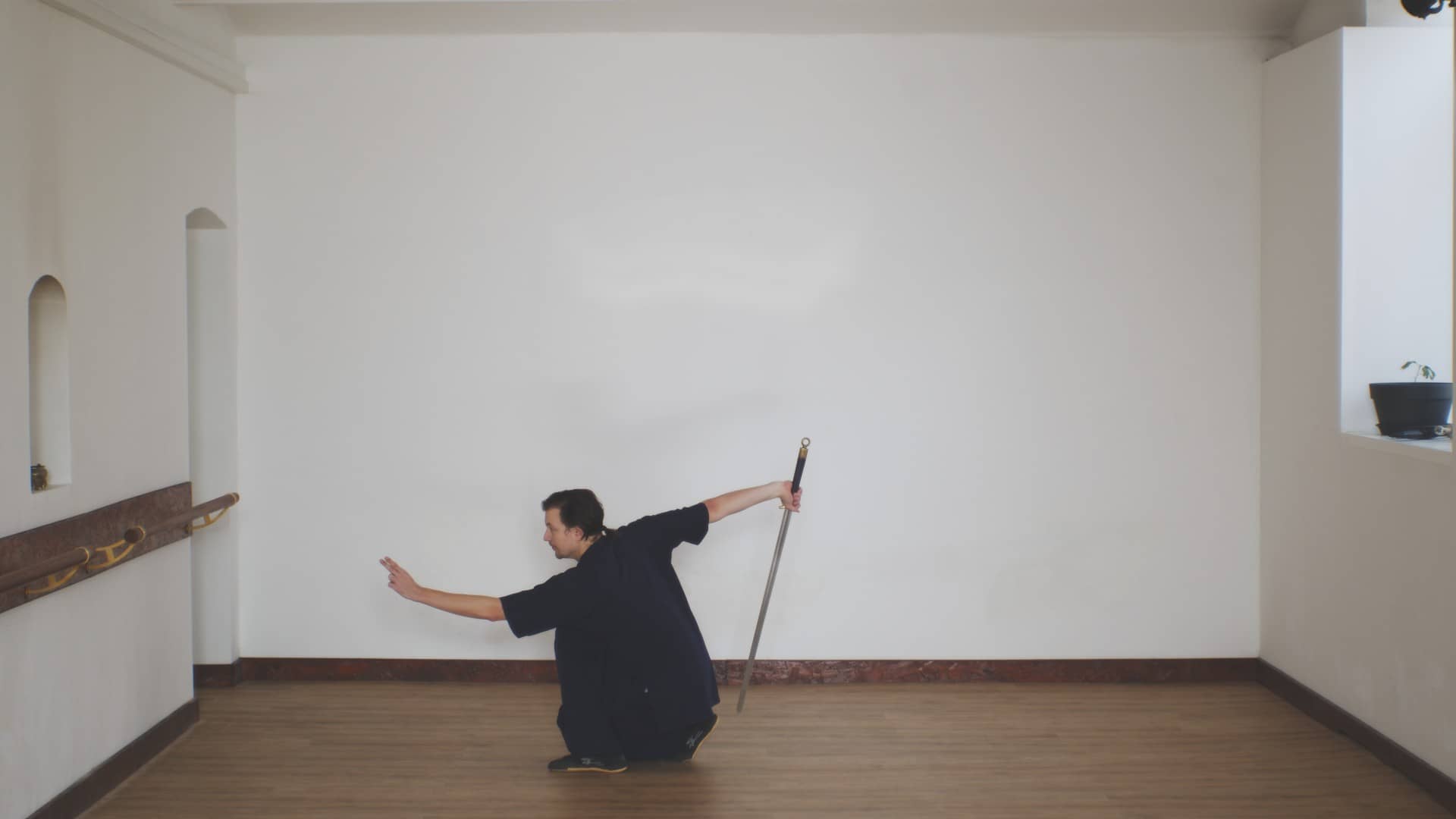Your cart is currently empty!
Tag: sword
-

Advanced Sword Art – Xuan Men Jian – Part 3
And here, Master Ziji continues with explaining the next section! This sequence is about a straight cut coming down from a high position. The movement is emphasizing maximum explosive power – Fali.
-

Advanced Sword Art – Xuan Men Jian – Part 1
Master Ziji is starting a new series about Xuan Men Jian. This form is one of the classic examples of Daoist Wudang Swordsmanship. This is an advanced form not suited for beginners; if you want to start with sword, check out Long Hua Jian first.
-

Ba Xian Jian – Eight Immortal Sword – Part 10
The next movement consists of high and lower postures and two times Tan Tui. Master Ziji shows the section from many different angles.
-

Ba Xian Jian – Eight Immortal Sword – Part 9
Master Ziji shows us the inconvenient leg step which is also used in the Ba Xian Gun (Immortal Staff) form. Information about the Yuan Xiu Gang seminar here: https://wudang.academy/yuan-xiu-gang-taiji-seminar-in-vienna/
-

Ba Xian Jian – Eight Immortal Sword – Part 8
Master Ziji shows the next section of the Baxianjian movement set.
-

Ba Xian Jian – Eight Immortal Sword – Part 7
This is the next section in the Ba Xian Jian movement set. Mabu posture with explosive power and then Gombu transition.
-

Ba Xian Jian – Eight Immortal Sword – Part 4
Master Ziji explains the fourth part of the Eight Immortal Sword form.
-

Ba Xian Jian – Eight Immortal Sword – Part 3
Master Ziji is explaining the third part of the Baxianjian form.
-

Ba Xian Jian – Eight Immortal Sword – Part 1
Master Ziji explains the intention and the first movements of the Ba Xian Jian form.
-

The Swordsmanship of Wudang Style
The swordsmanship is one of the features of the Wudang school,” says Chen Shiyu, inheritor of the Taoist kung fu in Wudang style. “The sword is considered as ‘king of weapons’. It has a sense of elegance.
-

The Wudang Sword Art
Wudang is world famous for his masterly sword art. The calm and serenity needed to control energy and power is an important hallmark of Wudang Sword Art and a result of years of intense training.
-

How to Practice Tai Chi Sword Combat
The connection between the sword hand and the sword is necessary, the sword hand is always the other hand on the opposite side which is for directing your sword. The connection between these two never changes, and because of this connection, the hip can generate power from the Dantian to move into the tip of…
